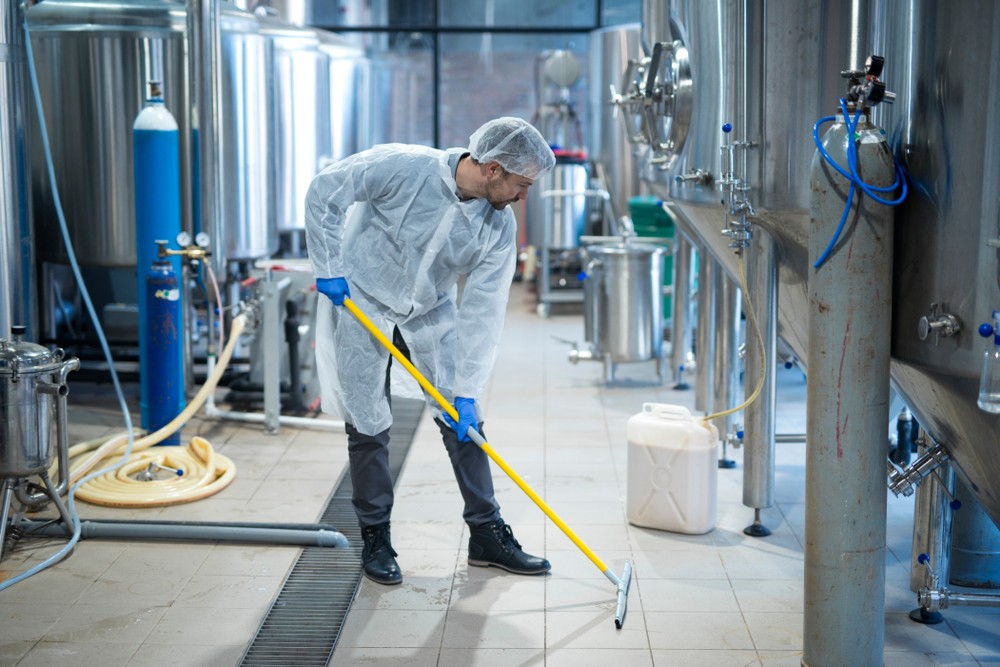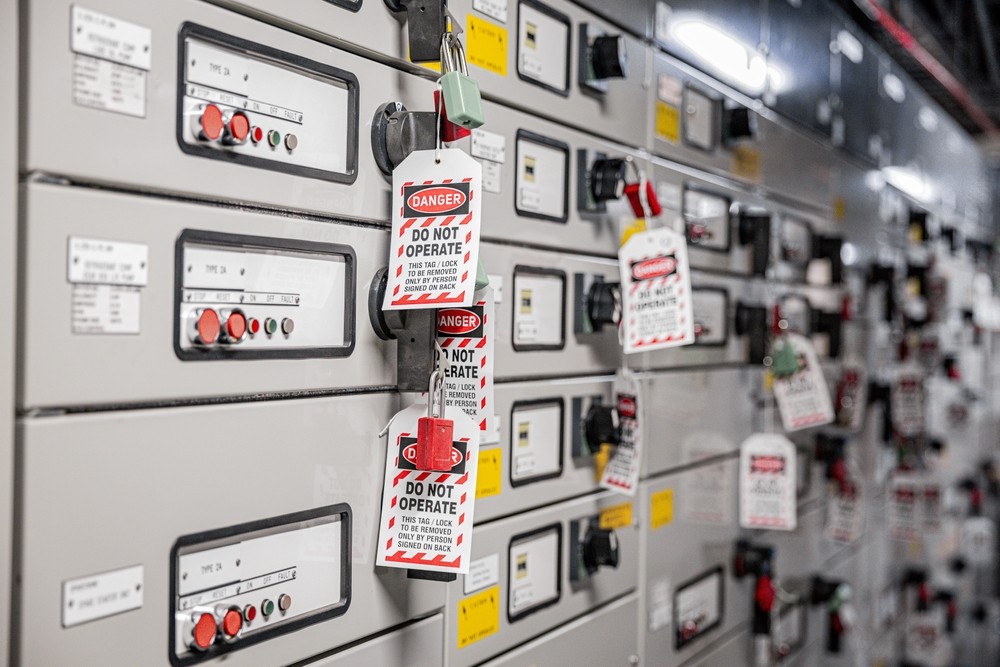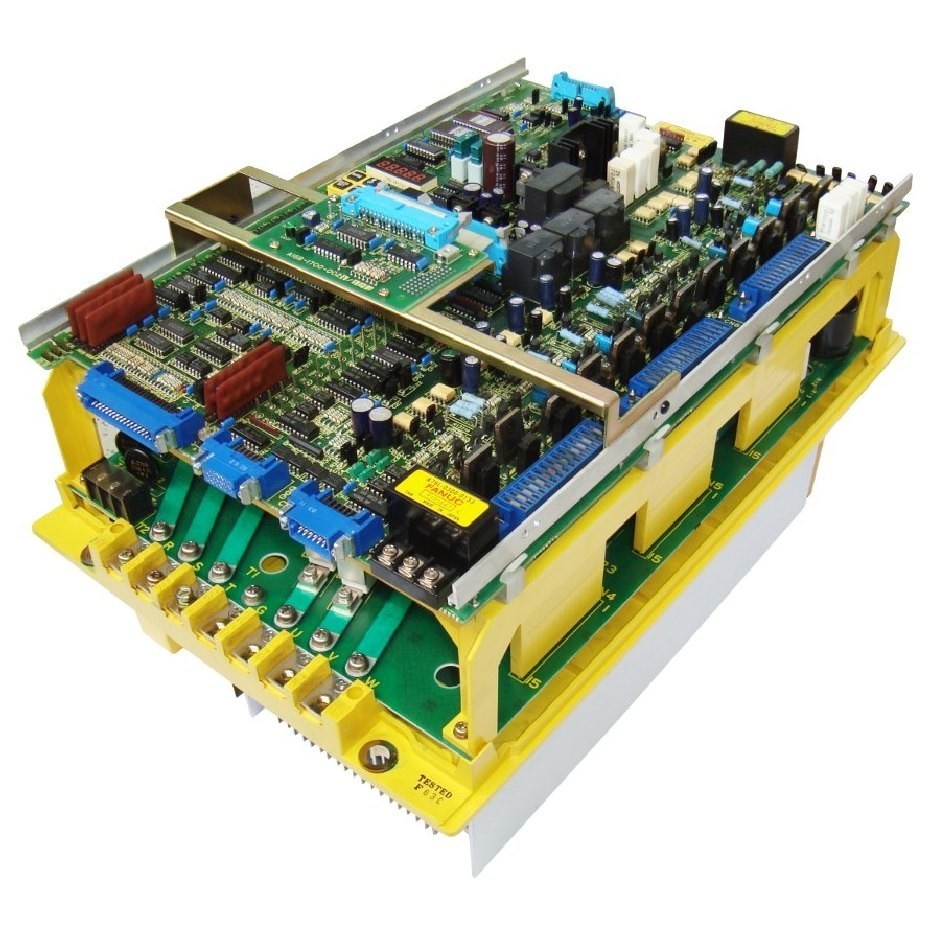Maintaining Hygiene and Safety in Equipment Operations

Today’s manufacturing equipment is built to meet incredible expectations for accuracy and uptime. But even the most sophisticated machinery can be rendered ineffective (or even dangerous) if proper hygiene and safety protocols are neglected. Contamination buildup can lead to equipment malfunctions, product spoilage, and worker injuries. Sophisticated equipment demands an equally sophisticated approach to cleaning, upkeep, and maintenance.
Developing a cleaning and upkeep plan
The foundation of equipment safety lies in a well-defined plan for cleaning and hygienic upkeep. This documented plan should outline specific cleaning procedures for different types of equipment, ensuring consistent and effective upkeep. The plan should consider:
- Cleaning frequency: The frequency of cleaning should be determined by the type of equipment and its usage. High-use machinery or those handling sensitive materials might require daily cleaning, while less frequently used equipment might need maintenance on a weekly or monthly basis.
- Specific cleaning procedures: The plan should detail the specific cleaning procedures for different equipment components. For instance, electrical components might require specialized cleaning solutions to avoid damage, while heavy machinery often necessitates degreasers for stubborn grime.
- Personnel and roles: Assigning clear responsibility for cleaning tasks ensures accountability and prevents missed cleaning cycles. The plan should designate specific personnel or teams responsible for cleaning different equipment types.
- Cleaning materials: The plan should specify the selection and proper use of cleaning agents and disinfectants. Factors like material compatibility and potential environmental impact should be considered when choosing cleaning solutions.

Safe work practices for equipment upkeep
Cleaning equipment can mean interacting with it in ways you normally don’t, which carries risk. Here are some key safe work practices to follow:
- Personal protective equipment (PPE): Depending on the cleaning tasks, this might include gloves, safety goggles or face shields, respirators for exposure to dust or fumes, and appropriate footwear with slip-resistant soles.
- Lockout and tagout procedures: Accidental equipment startup during maintenance can have devastating consequences. Adhere to lockout and tagout procedures to isolate energy sources before any cleaning or maintenance work begins.
- Material handling and disposal: Proper handling and disposal of cleaning materials and waste are essential. Safety data sheets (SDS) for cleaning agents should be readily available to personnel for proper handling and disposal according to regulations.
Cleaner equipment is safer equipment
Maintaining hygiene and safety is an ongoing process. Regular inspections by qualified personnel are necessary to identify any areas where cleanliness might be compromised or potential hygiene risks might develop. Upkeep logs and procedures should be monitored to ensure their effectiveness.
Proper training and retraining of personnel on hygiene and safety protocols is also important. New staff should receive comprehensive instruction on cleaning procedures, safe work practices, and the use of PPE. Additionally, periodic refresher training ensures that experienced workers stay informed of any updates or changes to established protocols. It’s necessary for both the safety of workers and the equipment they’re cleaning.
Prioritizing hygienic equipment reduces the risk of malfunctions, product contamination, and worker injuries. By implementing a comprehensive preventive maintenance plan, emphasizing safe work practices, and fostering a culture of continuous improvement, you’re prioritizing the safety and well-being of your workforce.

SPECIAL: Limited-time offer on Fanuc repairs
If you’re looking to upgrade any Fanuc equipment, we’re offering a limited-time discount on Fanuc repairs this May:
- 15% off Fanuc repairs of three or more items
- 10% off any single Fanuc repair
We offer a comprehensive repair service with the following benefits:
- 10% price guarantee: We won’t be beat on price.
- 18-month in-service warranty: Peace of mind with a long-lasting warranty.
- 1-5-day standard turnaround: Get your equipment back up and running quickly.
- FREE 1-2-day rush service: Need it even faster? We’ve got you covered.
- Free evaluations: Get a no-obligation assessment of your Fanuc equipment.
Contact us today and take advantage of our special offer with code MAYFANUC.
